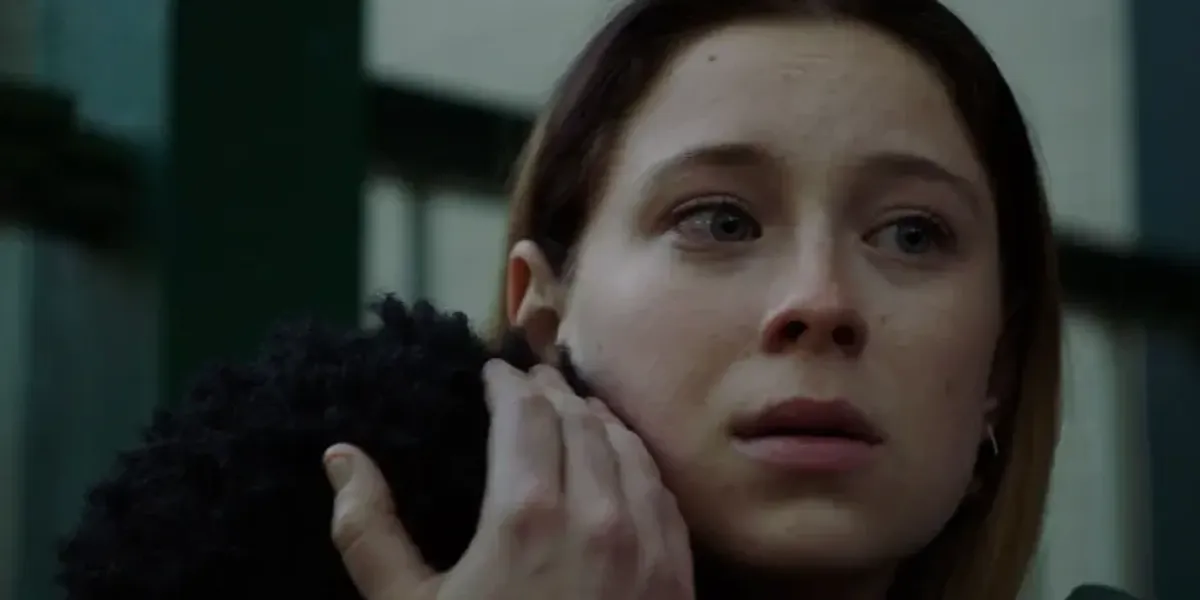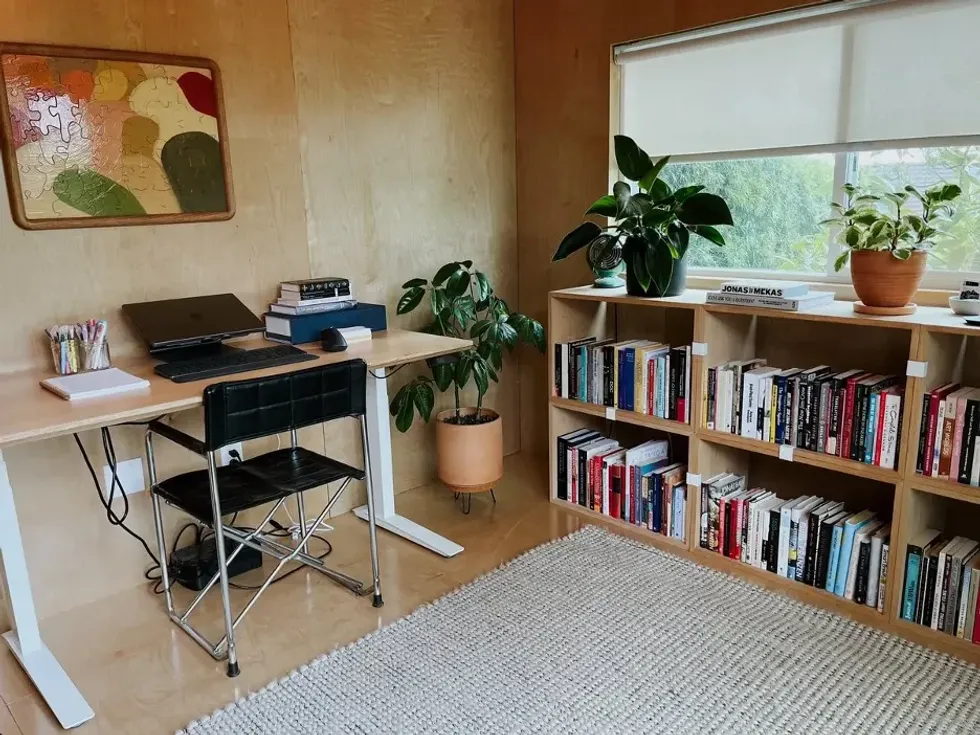
Can you tell us about your experience as a filmmaker and how you got started in the industry?
I moved to Los Angeles to get my MFA in film directing at CalArts and it was there that I met Sean Baker who came to speak as a guest artist. The Florida Project was the very first feature film set I was on, and it was hugely influential to me. For my thesis film, I took many things out of the pages of what I learned on that film, including the fact that he wrote, directed, and edited the film (on Premiere Pro). After I graduated, I was able to work with Chloé Zhao on Nomadland and I think I really came of age as an artist in making this film and also got to meet many of my future collaborators on set. Chloé also writes, directs and edits so when it came to my own feature film it was no surprise that this was what I wanted to do too.
How and where did you first learn to edit?
I first learned to edit on a rudimentary level when I lived in Kenya and made video content for a nonprofit organization. I taught myself how to edit on I-movie and it was a very intuitive process. Later I took an editing class at CalArts and learned through osmosis of my peers. Then I continued to learn by trial and error, editing my short films, asking friends, reading online tutorials, etc.
How do you begin a project/set up your workspace?
I rely on an assistant editor and a media manager to help me set up a workspace. Typically footage is labeled with scene numbers and takes. I watch through everything, look through my notes from set, and slowly begin to assemble it together.
Tell us about a favorite scene or moment from this project and why it stands out to you.
From an editing perspective, I really enjoyed working on the party scene where Ben and Genevieve have a confrontation and Genevieve leaves the party. It was my first time editing a party scene, and I really enjoyed the scope of it. There was so much choreography with the camera and the perspectives of the characters. It was also a moment that I was really proud of the performances by Alex Hibbert and Mina Sundwall and in that way, it was just such a delight to be able to work with the footage to build the tension and emotion that really stands out in this otherwise subtle film where the characters are internalizing much of what they are feeling.
What were some specific post-production challenges you faced that were unique to your project? How did you go about solving them?
I had to rewrite and restructure the film in the edit. I can say this because I also wrote the film, there was a lot that worked on the page that didn’t necessarily work in the edit. The script was structured almost as literary in that the characters were separated into chapters. However, I found very quickly in the edit, that all three main characters needed to be there from the beginning. As a result, I pulled much of the third act up top and had to find the rhythm of the film in a whole new way. It was overwhelming at first, but ultimately it was my favorite challenge of the filmmaking process because It was such an act of discovery and required so much flexibility and openness to find.
What Adobe tools did you use on this project and why did you originally choose them? Why were they the best choice for this project?
I used Premiere Pro, as well as Frame.io, Media Encoder, and After Effects. These were the best products for me to use because they allowed for easy collaboration with my assistant editor and producers.
Do you use Frame.io as part of your workflow? If so, how do you use it and why did you choose it?
Yes! We uploaded all of our dailies and proxies onto Frame.io and then used it as a hub to send cuts for review to different collaborators including producers, our composer, and sound designer.
If you could share one tip about Premiere Pro, what would it be?
Learn the keyboard shortcuts.
Who is your creative inspiration and why?
Really everything that I do in my work is informed by the experiences I had on the sets of Sean Baker and Chloé Zhao. Their filmmaking processes and modes of production are very much in dialogue with each other and taught me early on how to radically rethink traditional ways of making films. Both of them are writer-director-editors and it takes an enormous commitment and openness to approach a film in that way, it’s something I aspire to, and feel really lucky that on my first feature film, I was given the opportunity to do that.
What’s the toughest thing you’ve had to face in your career and how did you overcome it? What advice do you have for aspiring filmmakers or content creators?
The toughest aspect of being an artist to me, is the perseverance it takes. There are long and arduous periods where it feels like there is no forward motion and it is just not a very linear path. Some of the best advice I received and found useful was to just keep doing it — editing, writing, whatever it is. It takes a lot of practice to do something well and it’s those periods when no one is watching that it’s most important to just keep practicing, refining your craft, and finding your voice.

Share a photo of where you work. What’s your favorite thing about your workspace and why?
This home and office used to belong to a friend of mine who is an immensely gifted producer, and I really think that she left a lot of that creative energy in this space. This might be totally superstitious, but I try to restrict the space to purely generative work and then I protect it, if I want to go on the internet or use my phone I go elsewhere. As a result, every time I walk into it, I feel it buzzing. I keep the walls empty because I am easily distracted, but the Tyler Hays jigsaw puzzle above my desk is perfectly reflective of the creative process for me, so it made the cut.
This post was written by Meagan Keane and originally appeared on Adobe blog on Jun. 14, 2023.














